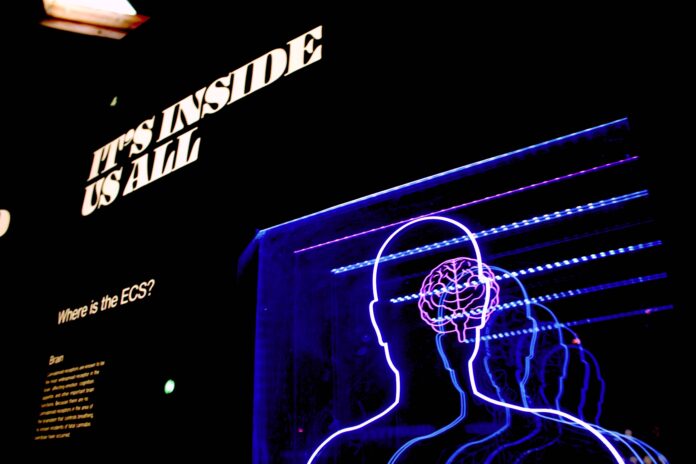The Silicon Valley startup prepares for first-ever human trials
Elon Musk’s Neuralink is preparing to launch clinical trials of its brain-computer interface technology in humans.
The brain chip startup, which was founded in 2016, has already successfully implanted artificial intelligence microchips into a monkey’s and a pig’s brain, and it has just taken a critical step forward since it is now ready to run a test of this technology in humans as well.
The Silicon Valley company is now officially hiring a ‘Clinical Trial Director’, and according to the job posting the right candidate will “work closely with some of the most innovative doctors and top engineers, as well as working with Neuralink‘s first Clinical Trial participants”. That practical means Neuralink is ready to give next-gen brain-computer interfaces (BCIs) a try.
The position is based in Fremont, California, and as the advert for the role indicates the successful candidate “will lead and help build the team responsible for enabling Neuralink’s clinical research activities and developing the regulatory interactions that come with a fast-paced and ever-evolving environment.”
So far, it is not clear whether the trials will begin, but Elon Musk has recently revealed that Neuralink is less than a year away from its futuristic plans, meaning human trials could start this year.

‘Pager’ played video games
Neuralink’s brain implant N1 Link already allows monkeys to play video games only with their thoughts, according to the company. Recently, the brain chip startup has presented its progress by showing a macaque monkey, named Pager, to move a cursor on a computer screen with a neural activity using a 1,024 electrode fully implanted neural recording and data transmission device, termed the N1 Link. “We have implanted the Link in the hand and arm areas of the motor cortex, a part of the brain that is involved in planning and executing movements. We placed Links bilaterally: one in the left motor cortex (which controls movements of the right side of the body) and another in the right motor cortex (which controls the left side of the body),” said Neuralink.
Now, the brain chip startup is preparing for the next step, which is to use the Link to improve the lives of those with neurological disorders and disabilities. According to Neuralink, “for people with paralysis, the Link could also potentially be used to restore physical mobility. To achieve this, we’d use the Link to read signals in the brain and use them to stimulate nerves and muscles in the body, thereby allowing the person to control their limbs once again”.
Back in April, Elon Musk, who co-founded the futurist Neuralink with Max Hodak, said that this brain chip could allow tetraplegic people to walk. “First Neuralink product will enable someone with paralysis to use a smartphone with their mind faster than someone using thumbs. Later versions will be able to shunt signals from Neuralink in the brain to Neuralink in body motor/sensory neuron clusters, thus enabling, for example, paraplegics to walk again. The device is implanted flush with skull and charges wirelessly, so you look and feel normal” he wrote on Twitter.
Neuralink has spent almost four years building the first high channel count brain-machine interface, and as the company stated the N1 Link once implanted is completely invisible and transmits data via a wireless connection.
In the first-ever human trials, Neuralink will test how its brain technology could allow humans to interact with their computers or phones in high bandwidth and naturalistic ways, and the company aims to take its first product to market and accelerate the research and development of future products.
“We hope to have this in our first humans, which will be people that have severe spinal cord injuries like tetraplegics, quadriplegics, next year, pending FDA [Food and Drug Administration] approval,” Elon Musk told the Wall Street Journal’s CEO Council summit.
“I think we have a chance with Neuralink to restore full-body functionality to someone who has a spinal cord injury. Neuralink’s working well in monkeys, and we’re actually doing just a lot of testing and just confirming that it’s very safe and reliable and the Neuralink device can be removed safely.”



